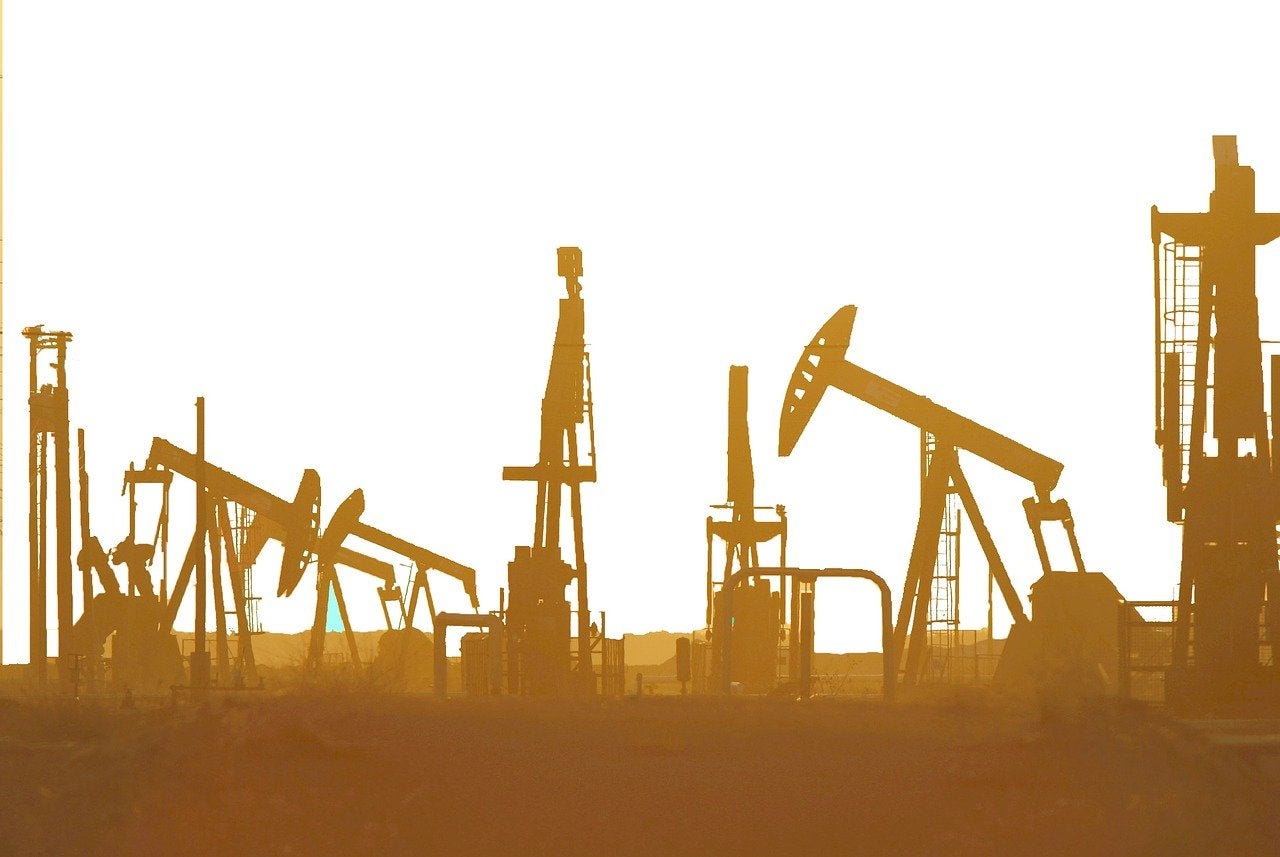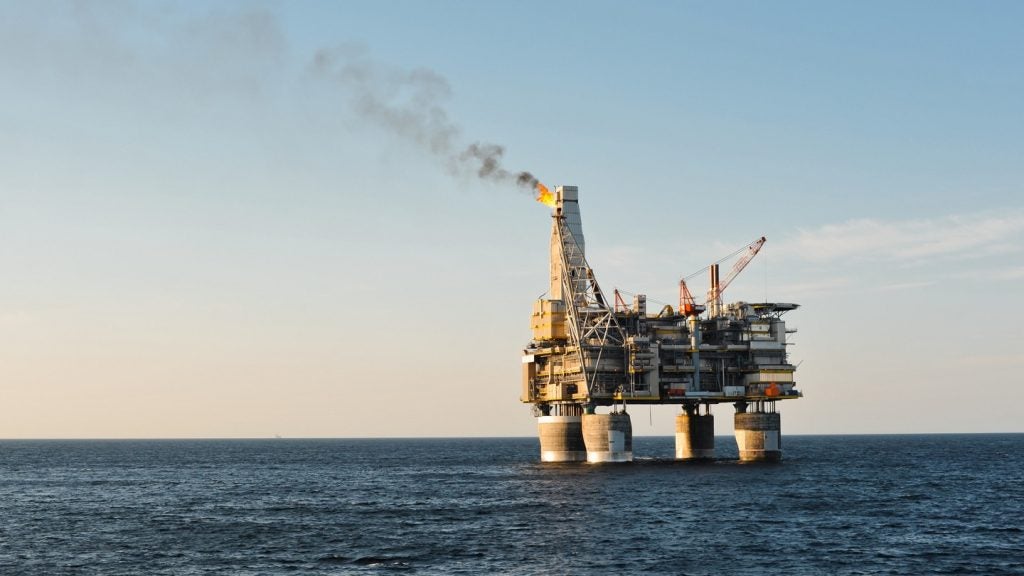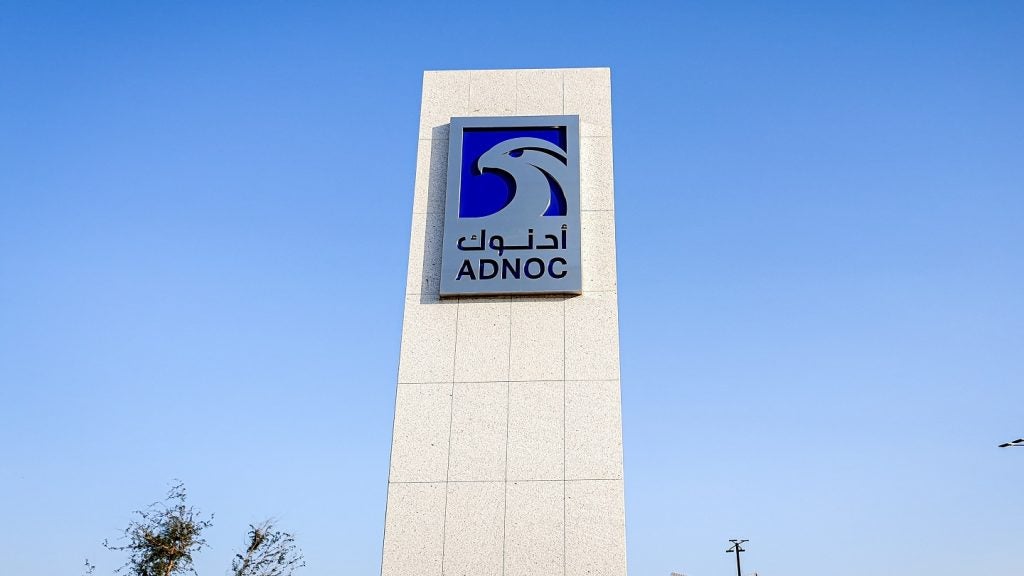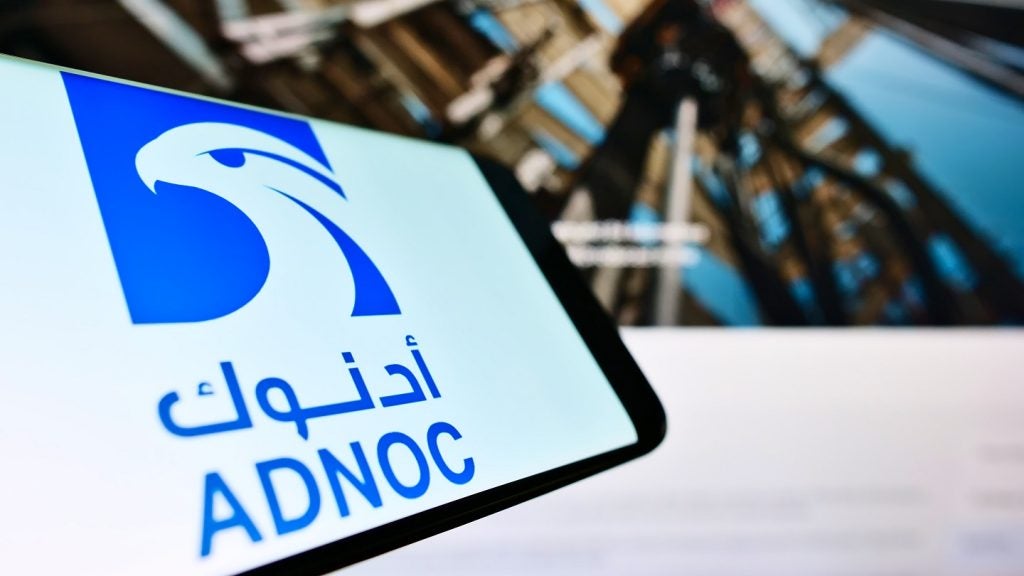
The Oil & Gas sector has been slow to adopt AI. Only 56% of O&G executives surveyed by GlobalData said they fully understood the technology. Slow adoption is normal for industries heavy in physical assets like O&G, and it has its advantages. Since demand from faster-adopting sectors has driven development and innovation, the technology is sophisticated enough that Oil & Gas companies can profit from it soon after implementation. But companies should invest soon to avoid obsolescence.
AI is expected to be the most disruptive technology
AI was rated as the most important technology in GlobalData’s recent Emerging Technology: Sentiment Analysis Q4 2020 survey. Oil & Gas companies can use the technology for drilling operations diagnoses, predictive maintenance, pipeline asset management, pipeline risk detection, digital twin modelling, and seismic reservoir recognition, to name a few uses.
How well do you really know your competitors?
Access the most comprehensive Company Profiles on the market, powered by GlobalData. Save hours of research. Gain competitive edge.

Thank you!
Your download email will arrive shortly
Not ready to buy yet? Download a free sample
We are confident about the unique quality of our Company Profiles. However, we want you to make the most beneficial decision for your business, so we offer a free sample that you can download by submitting the below form
By GlobalDataOne AI solution begets the next
AI can help with many objectives Oil & Gas companies have. A logical approach is to begin with operational objectives and then expand to the transformative ones. Shell, Equinor and Microsoft have announced their collaboration on the new Shell Inventory Optimiser. The tool will integrate Microsoft Azure Machine Learning, Azure Databricks and Azure Datalake. Shell and Equinor representatives have explained that they will first use the tool to reduce inventory inflow – which they predict will save millions of dollars – and then turn towards improving safety, value creation, emission reduction, and the development of low carbon solutions. Once operational security has been fortified by optimizing inventory levels, the companies will be well-positioned to focus on reducing their carbon footprints. The former supports the latter.
Shell’s involvement in such a deal is unsurprising. On GlobalData’s Integrated Oil & Gas Thematic Scorecard, Shell is scored a 5 (the highest score) on the Artificial Intelligence theme.
AI enables remote site characterization activities
Fugro has joined an EU-funded project 4S, which aims to facilitate remote mapping of seafloors from satellite data. Automated observation algorithms and workflows will monitor seafloor habitats, morphology and shallow water bathymetry. This AI technology will reduce the need for personnel and equipment to be on-site and exposed to danger.
Predictive maintenance reduces maintenance costs
Abu Dhabi National Oil Company (ADNOC) announced the success of the first phase of their predictive maintenance initiative. Predictive maintenance uses AI to foresee equipment stoppages with a view to reducing the downtime needed for maintenance. ADNOC expects maintenance savings of 20% from the initiative.
Now is the time for Oil & Gas companies to invest in AI
Though a late adopter, the industry is ramping up its AI investment. GlobalData’s patents database reports that the number of yearly AI patents in the Oil & Gas sector has more than doubled since 2015, from 61 to 119 in 2020. Companies that invested early are already enjoying decreased costs and improved efficiency. They can use the capital made available by these improvements to get even further ahead of their competition. Companies who are yet to invest must do so soon or risk obsolescence.








